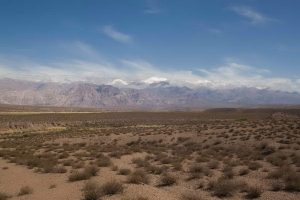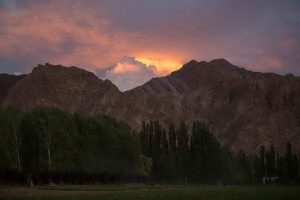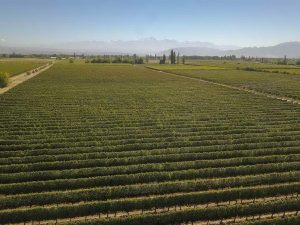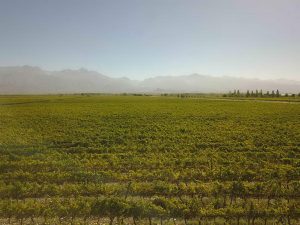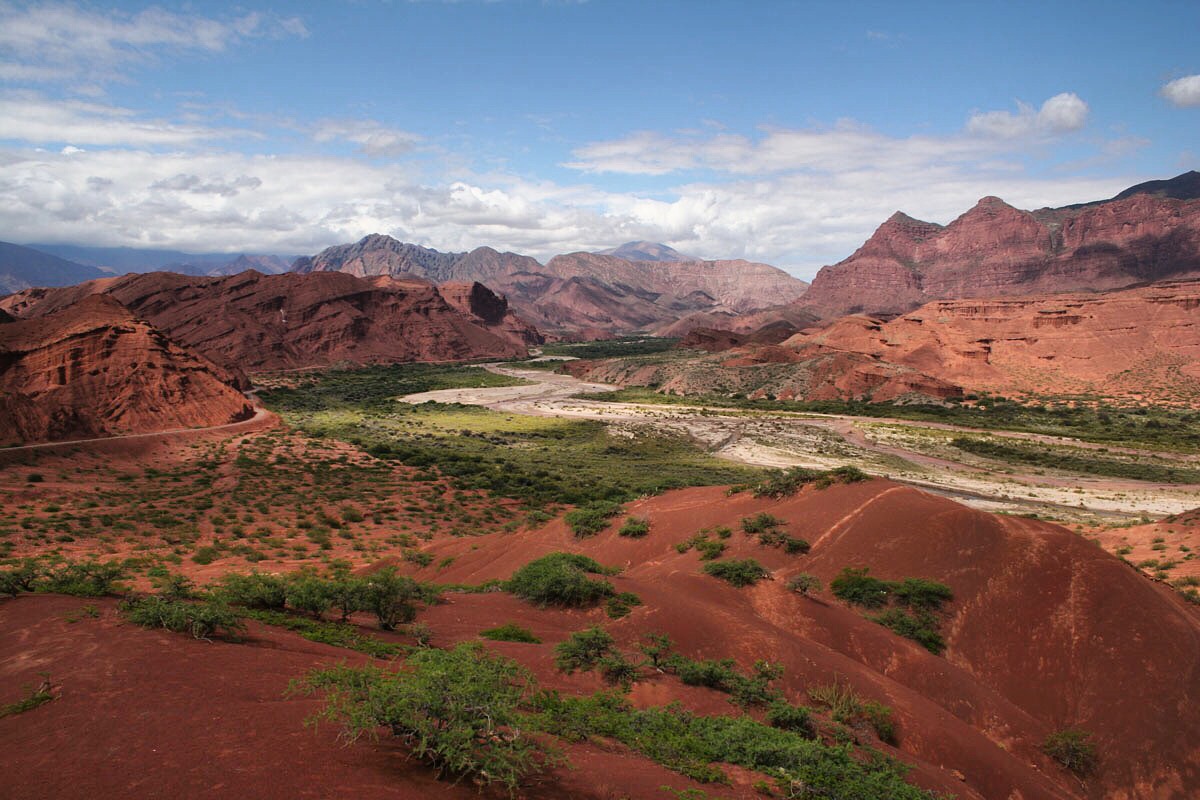This wealth of natural ecosystems includes large, highly productive grape growing regions stretching at the foot of the Andean Strip, in the west of the country, from latitude 22° south to 42° south. The area under cultivation covers more than 217,750 hectares.
It is in this context and over the course of five centuries that Argentina has developed such an extraordinary wine industry. The altitude, the wide range of temperatures, the local know-how, the new technologies and a deeply rooted popular wine culture give our wines their unique identity and quality.
Northwest (Jujuy, Salta & Catamarca)
The northern region is due to the altitude of the vineyards, between 1,000 and 3,000 metres above sea level. Here have the highest vineyards in the world.
Other special features of the region, in addition to its altitude, are the scarce rainfall and dry, warm climate, with very high average temperatures and sandy soils that provide good drainage to
prefer.
The main wine regions in these regions hold thousands of years of history: Cafayate, Tinogasta, Santa María and Belén were once home to the Calchaquíes and the Diaguitas, who were among the first peoples to inhabit the American continent.
Torrontés is one of the varieties grown in this region, especially in the Cafayate Valley, in Salta.
Cuyo (La Rioja, San Juan & Mendoza).
The Cuyo region (“the land of deserts,” in the native Huarpe Milkayac language) is one of the driest, yet most productive regions for wine growing. It is the largest wine-growing region in Argentina and the most important wine producer in South America. With an average annual temperature of 15°C and altitudes between 700 and 1,700 metres, this region is characterised by its mountainous relief. The Andes are the main source of irrigation, providing its melt water every summer.
The scarce rainfall and pure meltwater irrigation make the difference for this region, as they allow farmers to grow vines and grapes, as well as sugar and tannin concentration regulate among other functions. Cuyo has more than 210,000 hectares of vineyards. The most typical and widely grown variety is Malbec.
Patagonia (La Pampa, Neuquén & Río Negro)
Patagonia is the southernmost region of Argentina where grapes are cultivated. It includes the provinces of Río Negro, Neuquén and La Pampa and has 11,240 hectares of vineyards.
Winters are harsh and summers cool, especially at night, which allows winemakers to obtain harmonious combinations of acidity and sweetness and abundant aromas.
Among the virtues of the region, the slow, sustained ripening of the grapes can be mentioned. Vineyards are situated at altitudes between 300 and 500 metres above sea level.
All these characteristics give Patagonian wines refined aromas, superior aromatic intensity and a unique personality that reflect the purity of the environment and add to the prestige of this, the world’s southernmost wine region.


